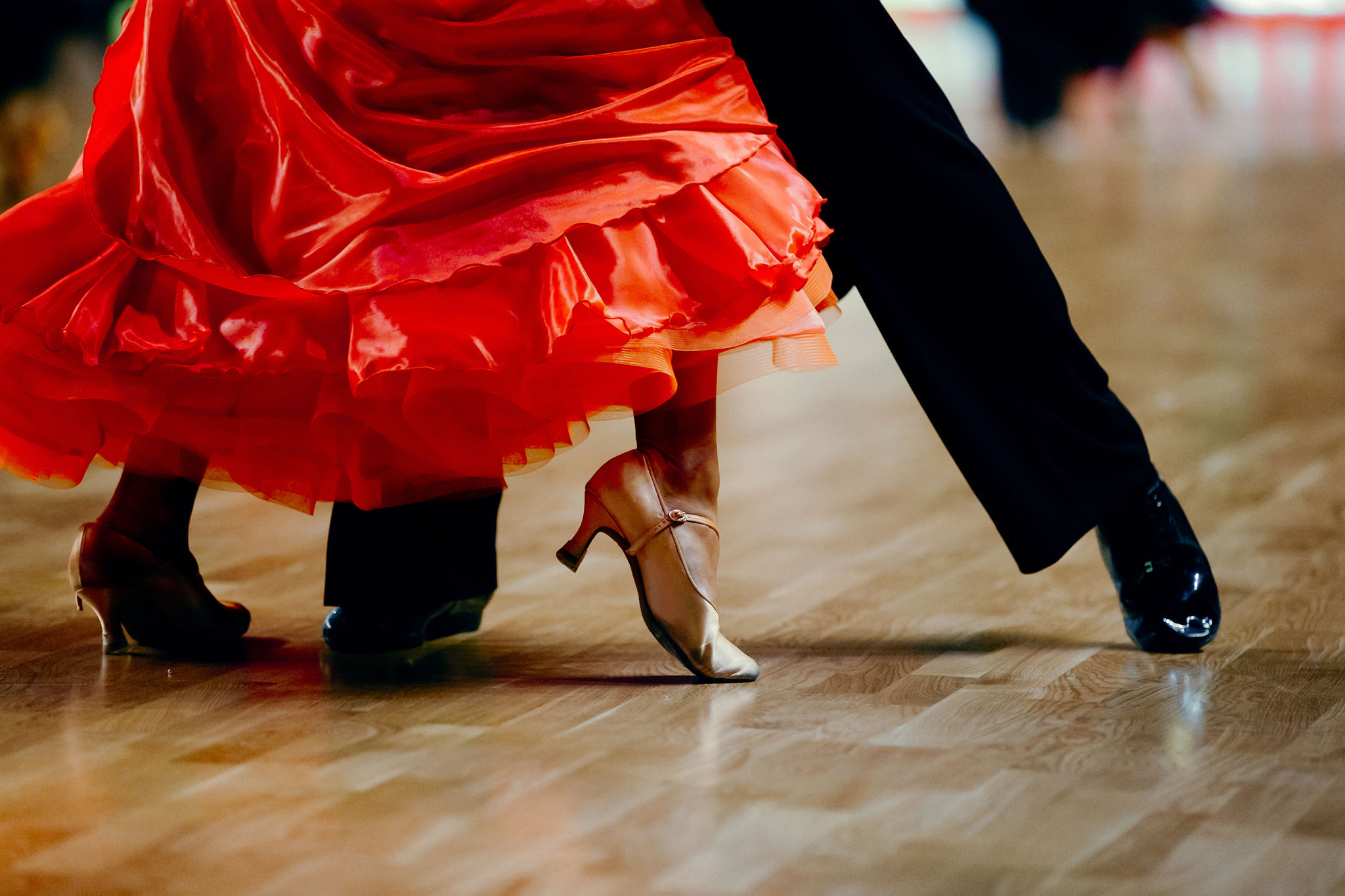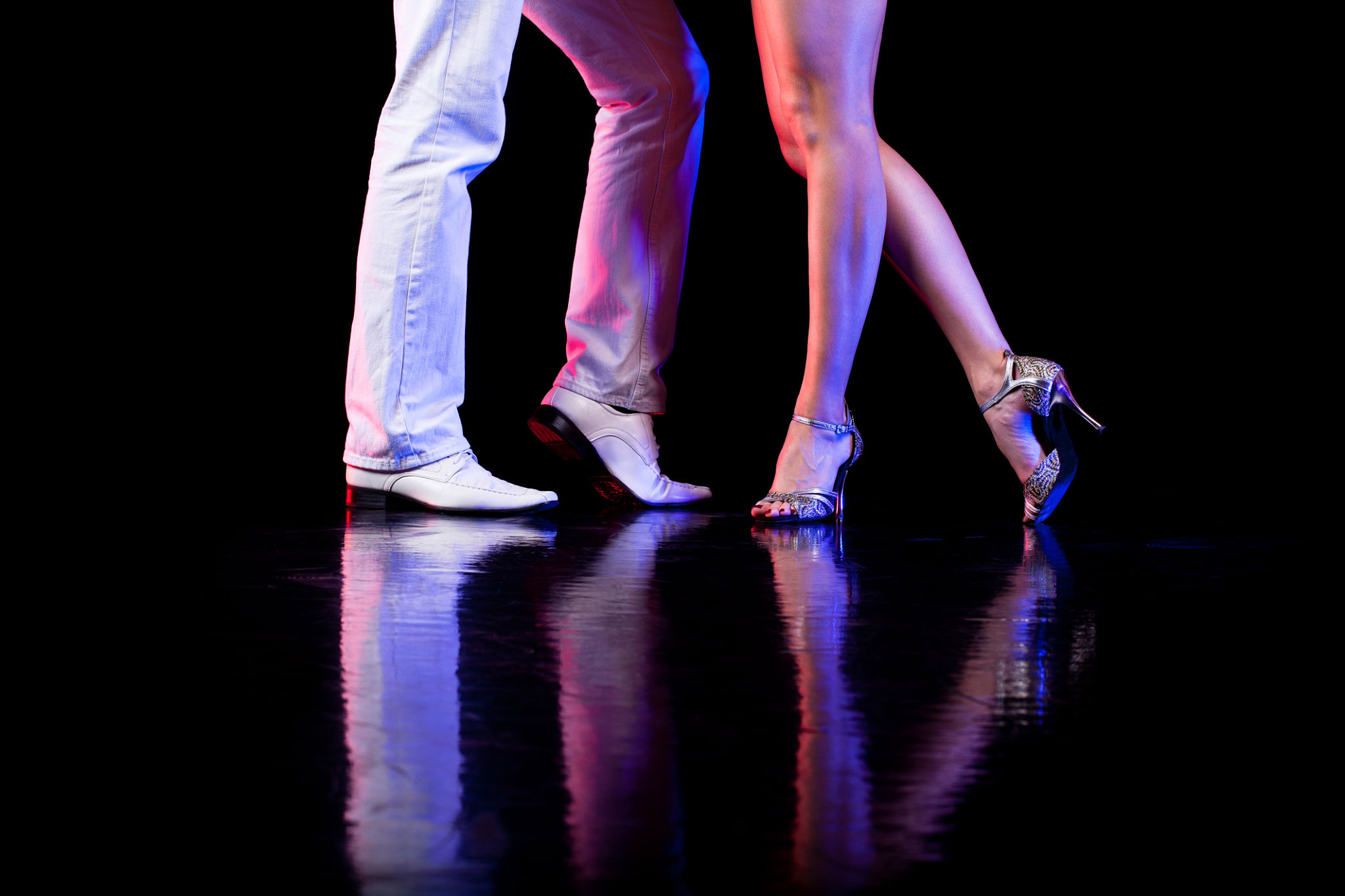Tango Dance Etiquette: Tips for Navigating the Dance Floor
Understanding the Basics of Tango Etiquette
Tango is more than just a dance; it's an elegant and passionate form of expression that requires an understanding of its unique etiquette. Respect and courtesy are foundational to the tango culture, ensuring that everyone on the dance floor can enjoy their experience. Whether you're a beginner or a seasoned dancer, adhering to these unwritten rules will help you navigate the social dance scene with grace.

The Embrace and Connection
The embrace is at the heart of tango, creating a connection between partners that is both physical and emotional. It’s important to establish a comfortable embrace that respects personal boundaries. The leader should offer a gentle yet firm frame, while the follower should respond with a relaxed but attentive posture. This connection allows for seamless communication and enhances the overall dance experience.
Remember, the embrace is a silent conversation between partners. It's essential to maintain a respectful distance and avoid applying too much pressure. This ensures that both dancers feel comfortable and can move freely on the dance floor.
Navigating the Dance Floor
Tango dancers often refer to the dance floor as a "ronda," where couples move counterclockwise around the room. Maintaining this circle flow is crucial for avoiding collisions and ensuring everyone has ample space to dance. As a leader, it’s your responsibility to navigate this flow smoothly, adjusting your pace and direction as needed.

If you find yourself in a crowded area, it’s courteous to take smaller steps and avoid any elaborate movements that might disrupt the harmony of the ronda. Equally important is being aware of your surroundings and other dancers, making sure to respect their space.
Inviting and Accepting Dances
In tango, invitations to dance are traditionally made through a subtle nod or glance known as the "cabeceo." This discrete method helps avoid any awkward refusals and allows dancers to connect through mutual agreement. If you're interested in dancing with someone, make eye contact from a distance. If they respond positively, approach them confidently.
When accepting or declining an invitation, do so graciously. If you choose to decline, a polite smile or nod will suffice. Remember, everyone has the right to choose their dance partners freely.
Dress Code and Personal Hygiene
Tango events often have a dress code that ranges from smart casual to formal attire. Dressing appropriately not only shows respect for the event but also enhances your own comfort and confidence on the dance floor. Opt for clothing that allows for easy movement and shoes with suede or leather soles for better glide.

Personal hygiene is equally important. Since tango involves close contact, ensure you are fresh and presentable. A touch of perfume or cologne can be pleasant, but avoid overwhelming scents that might distract or discomfort your partner.
Respecting the Music and Tempo
Each tango song has its own mood and tempo, which should guide your movements on the dance floor. Listen attentively to the music and adapt your steps accordingly. Being in tune with the music not only heightens your enjoyment but also creates a more harmonious connection with your partner.
Respect the musical pauses and accents, using them as opportunities to express emotion and creativity in your dance. This appreciation for music will undoubtedly enrich your tango experience.
Final Thoughts
Navigating the tango dance floor with proper etiquette helps preserve the elegance and tradition of this beautiful art form. By understanding these basic principles, you'll contribute positively to the tango community and enjoy more rewarding interactions with fellow dancers. Remember that tango is as much about connection and expression as it is about steps—embrace it wholeheartedly.